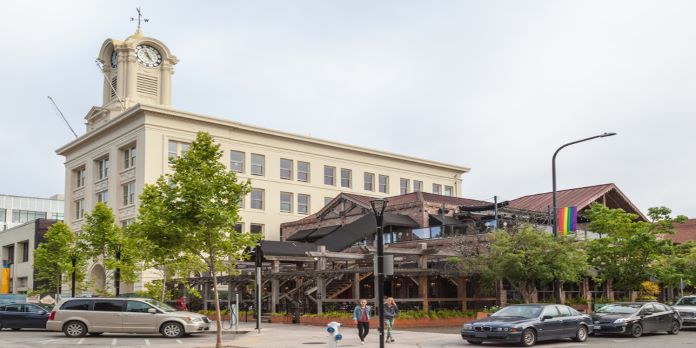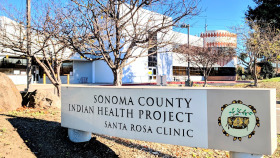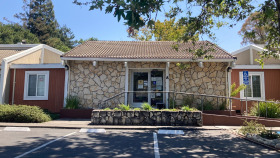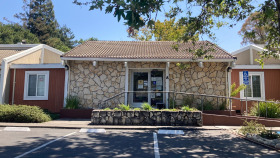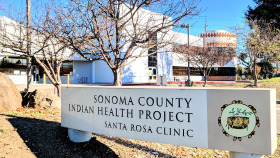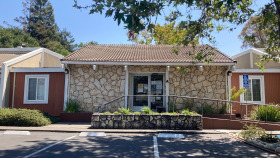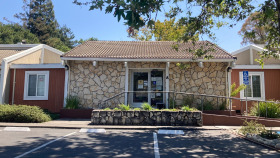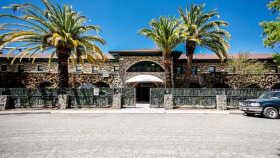Expert Insights
Back in 2018, Santa Rosa’s Sonoma County Sheriff’s Department took notice of a new deadly drug hitting the streets and almost immediately claiming lives: fentanyl. In a matter of weeks after fentanyl’s appearance in Santa Rosa, the Sheriff’s Department began obtaining mass quantities of Naloxone (narcan), also known as the anti-overdose drug and training officers on administration. Fast forward to 2023, the entire department is staffed with officers who are proficient in the administration of Naloxone. Fatal opioid overdoses in the city more than doubled last year, which makes Naloxone, quite literally, a life-saving tool at every officer’s disposal.
~ Rita Milios
Cost of Drug and Alcohol Rehab in Santa Rosa, CA
The cost of drug and alcohol rehab in Santa Rosa typically varies based on several factors. For example, the type of facility will affect the overall cost, especially if it’s a luxury facility.
To get an idea of what your potential treatment costs will be, you’ll need to take into consideration the following:
Treatment setting (inpatient or outpatient)
Features and amenities (luxury or standard rehab facility)
Length of the program (30, 60, or 90 days)
Your health insurance plan (private insurance, Medicaid, or Medicare)
Government funding available
Location (city vs. suburb)
When it comes to the costs of drug and alcohol rehab in Santa Rosa, don’t let something like not having insurance deter you from finding treatment. Insurance only offsets most of the indefinite costs, like room and board. However, there are plenty of options out there for all income levels.
Santa Rosa, CA Drug and Alcohol Statistics
The use of alcohol, tobacco, and other illicit substances is a major health concern in California’s Sonoma County, where the city of Santa Rosa is located. Substance-related overdoses — driven primarily by the opioid crisis — are among the largest contributing factors to the average rate of deaths among Americans.1 Alcohol not only contributes to this, but along with tobacco, it can also lead to several other health problems, including heart disease and cancer.1
A brief overview of Sonoma County’s most recent substance use statistics involving opioids shows that:1
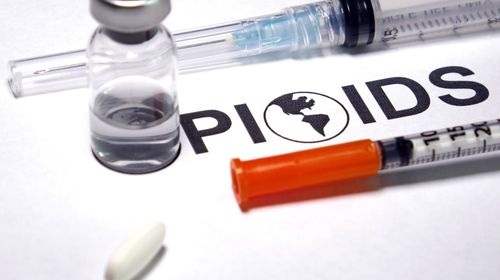
In 2018, there was an average of 10 opioid-related deaths for every 100,000 people.

Women accounted for nine opioid deaths per every 100,000 people, while men accounted for 10 per every 100,000 people.

The majority of opioid-related deaths in Sonoma County are attributed to the white population.
Alcohol and Drug Laws in Santa Rosa, CA
In light of the opioid epidemic our nation is facing, California has been passing bills and rewriting laws in favor of helping individuals with substance use disorders and even non-violent law offenders. Here’s a look at alcohol and drug laws that apply to the city of Santa Rosa:
Good Samaritan Drug Overdose Act: Like most states, California has a Good Samaritan law that provides a certain level of protection against arrest and prosecution for those seeking medical assistance at the scene of a drug overdose. This would include individuals with drugs or paraphernalia on their person (under certain amounts), as the goal is to ensure that those experiencing the overdose get the help they need.
AB 1535: Pharmacy Naloxone Bill: California has another state-wide bill that complements the Good Samaritan law by allowing pharmacies to offer over-the-counter naloxone for opiate and opioid overdose reversal. Now naloxone is accessible by regular residents of the state where it was initially obtained by prescription only or by health care professionals and authorities. This also means that individuals can administer naloxone in the event of an overdose emergency if necessary.
CA Proposition 47: California’s Proposition 47 was implemented to reclassify drug possession offenses, changing them to misdemeanors instead of felonies. However, misdemeanors for drug possession can still have serious consequences, including up to a year or more in prison. The goal is to enforce the laws around drug possession in a way that gives non-violent offenders and first-time offenders a second chance rather than ruining their lives with felony charges — although felony charges may still occur depending on the substance in question and its quantity.
Resources
- Santa Rosa, California Population 2020 (Demographics, Maps, Graphs). (n.d.). Worldpopulationreview.com.
- FindTreatment.gov. (n.d.). FindTreatment.gov.
- Sonoma County Opioid Death Statistics | LiveStories. (n.d.). https://www.livestories.com/statistics/california/sonoma-county-opioids-deaths-mortality
- Samantha.Elliott. (2013, May 13). Grants. https://www.samhsa.gov/grants
- Substance Abuse Treatment and Prevention Grants in California – GrantWatch. (n.d.). https://california.grantwatch.com/cat/35/substance-abuse-grants.html

